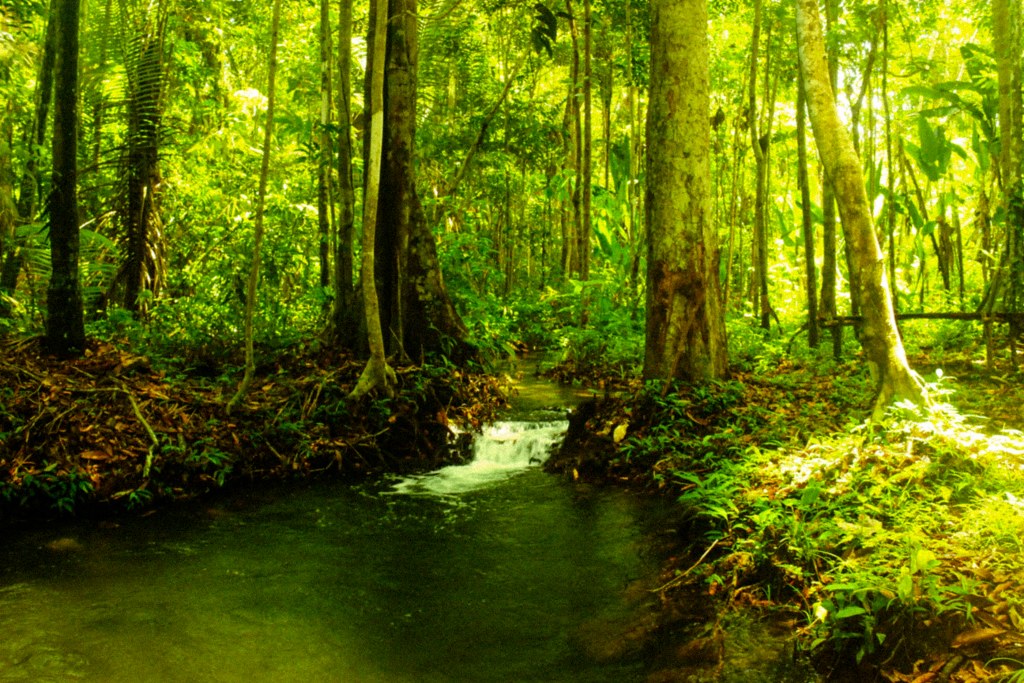- About
- Topics
- Picks
- Audio
- Story
- In-Depth
- Opinion
- News
- Donate
- Signup for our newsletterOur Editors' Best Picks.Send
Read, Debate: Engage.
| topic: | Climate action |
|---|---|
| located: | Germany, Netherlands, Egypt, Italy, Sweden |
| editor: | Abby Klinkenberg |
As the world turns its attention to the buttoned-up United Nations Climate Change Conference (COP27) in Sharm el-Sheikh, Egypt, a wave of disruptive climate activism continues to ripple across Europe. By attacking some of the West’s most prized cultural pieces and disturbing the flows of well-oiled transport infrastructure, activist groups like Greenpeace, Extinction Rebellion and Just Stop Oil are opening another critical front in the battle for our planet’s future.
While the vast majority of this battle is waged on the level of nation-state policy, these disruptive activist groups attack the very notion of European and wider-Western comfort. In line with educator and activist César A. Cruz’ conviction that the role of art is to comfort the disturbed and disturb the comfortable, this disruptive climate activism makes a point of disturbing the comfortable assumptions and rhythms of European life.
During the weeks leading up to and through the start of COP27, climate activists associated with various groups (Extinction Rebellion, Scientist Rebellion, Guardian Rebellion, etc.) blocked private jet runways and entrances to airports across thirteen countries, including Italy, the Netherlands, Sweden and the UK. The highly pollutive practice of air travel has become increasingly normalised in recent years in Europe: between 2013 and 2019, CO2 emissions related to commercial aviation in the EU increased by 30 percent.
These recent instances of climate activism aim to halt the polluting transportation flows that so many people, and Europeans in particular, take for granted. Activists are putting their bodies on the line to pose the implicit question: are Europeans willing to prioritise convenience over existence? Fundamentally, that is the question that nips at the heels of all contemporary climate discourse.
In addition to challenging transportation norms, climate activists have been unsettling the security of some of Europe’s most illustrious cultural symbols. In the recent past, activists have thrown soup at a Van Gogh painting in the UK and mashed potatoes at a Monet painting in Germany. On 11 November, young environmental activists similarly attempted to glue themselves to Edvard Munch’s “The Scream” in Oslo, Norway. Most publications consider this type of climate activism, loosely termed eco-vandalism, a tactic intended merely to raise awareness about impending environmental collapse.
While this is certainly one component, these strikes on some of Europe and Western culture’s seminal works of art contain a deeper implication. They stand on an elevated symbolic pedestal of apparent untouchability: to compromise these works is both to damage the sacred and literally touch (or glue oneself to) the untouchable. In the context of the climate emergency, nothing is untouchable. Everything, from our daily travel rhythms to the histories we privilege, must be called into question for the sake of our future.
Climate change, as an existential threat, calls the normative and cultural foundations of globalised Western and European society into question, namely the emissions-heavy lifestyles built out of neoliberal capitalist and (neo-)colonial systems. The insulation of Western norms, visions, and ideals from revision is the real stumbling block in addressing climate change. As critical as it is for global leaders to align at COP27, the rigid institutional scaffolding of these conferences takes existing structures of power as a given rather than questioning those structures in the first place.
Ultimately, activism that pursues radical discomfort reveals that our complacency is the enemy. As we attempt to stave off ecological collapse, nothing - not private jets, not Edvard Munch - is untouchable.
Photo by Markus Spiske

